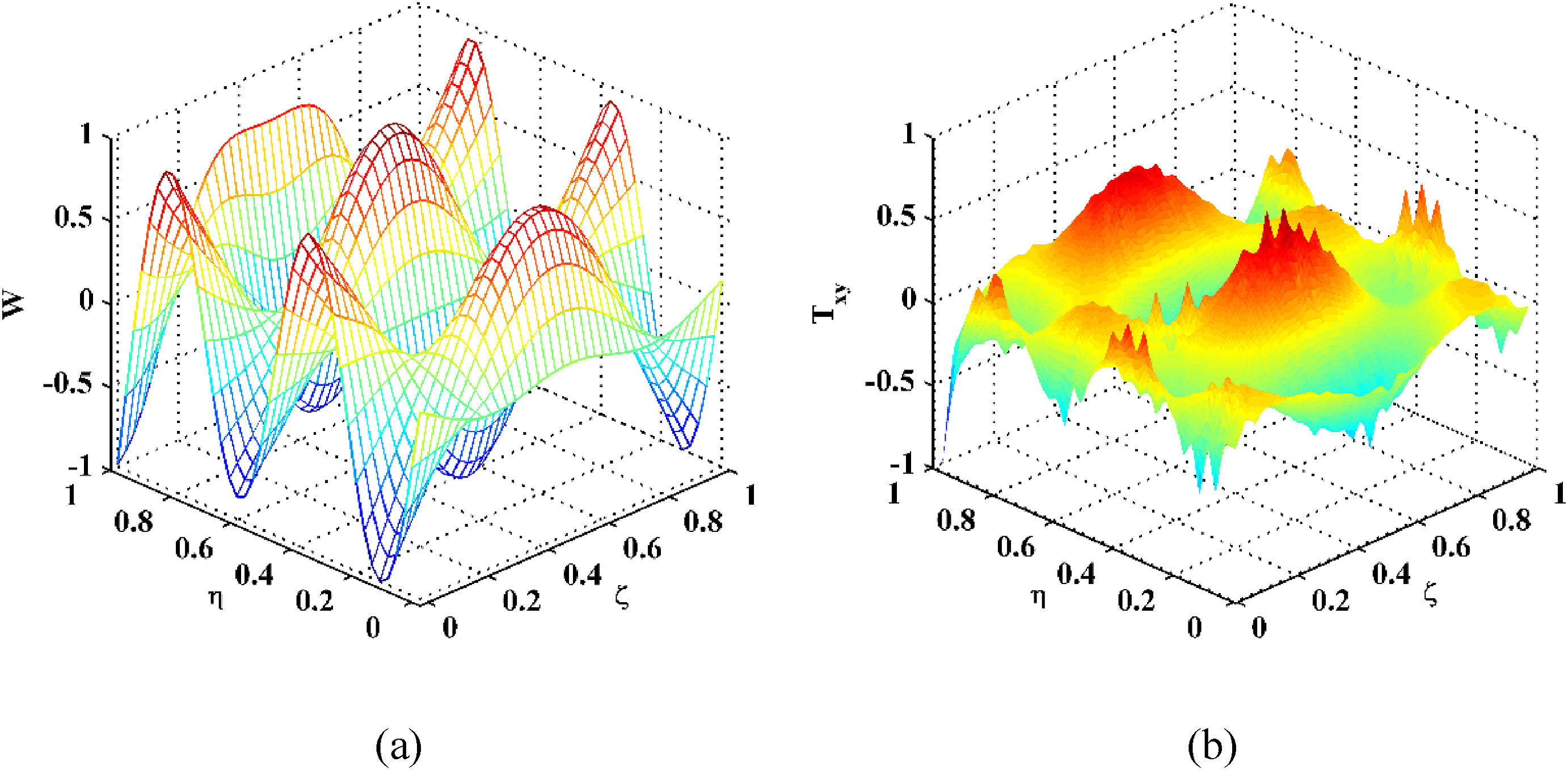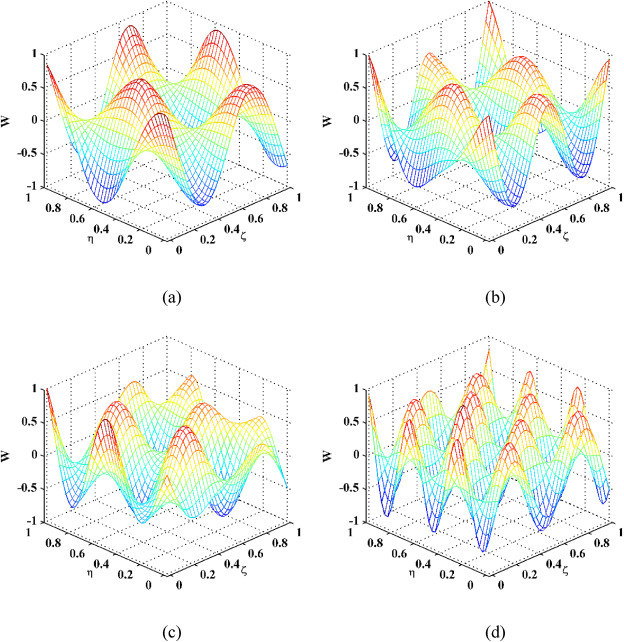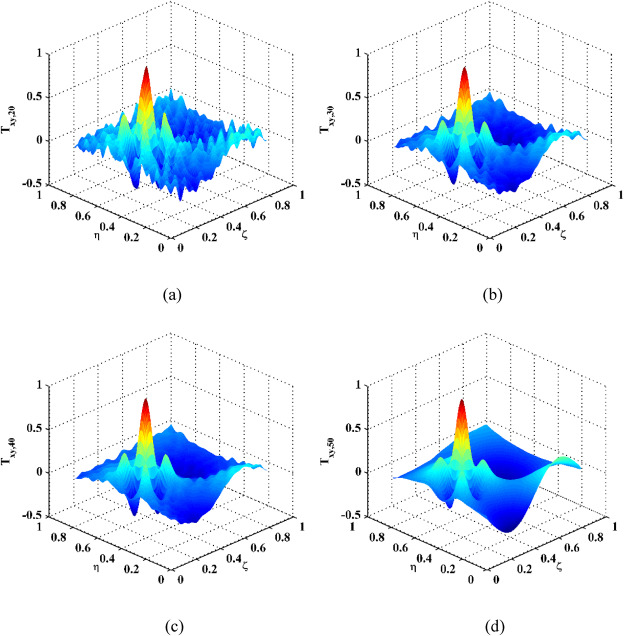A novel damage index for damage detection and localization of plate-type structures using twist derivatives of laser-measured mode shapes
It is important to detect and locate local damage in plate-type structures before such damage develops to a significant degree, jeopardizing the integrity and safety of structures. To address this problem, approaches using derivatives of laser-measured mode shapes have become the research focus during the recent decade. In a physical sense, damage can cause discontinuities in shear strains; conversely, such discontinuities can be reflected in twist derivatives of mode shapes, whereby the presence of the damage can be manifested. To address the susceptibility of twist derivatives to noise interference, this study formulates a new concept of multi-resolution twist derivative by integrating the multi-resolution analysis into twist derivatives, which features higher robustness against noise interference. A novel damage index using multi-resolution twist derivatives is established for detecting and locating damage in plate-type structures. In particular, a strategy of choosing mode shapes and a scheme of sparsely sampling them are proposed. By numerical simulation using the finite element method, the capability of the approach is numerically verified on a plate-type structure with a square notch. The applicability of the method is experimentally validated by detecting and locating a notch on an aluminum plate, whose mode shapes are acquired through non-contact measurement using a scanning laser vibrometer. The numerical and experimental results show that the approach can accurately characterize the presence, location, and size of the damage, and is robust against noise interference, suitable for detecting and locating damage of plate-type structures under noisy conditions.

Fig. 1. (a) Mode shape at 2121.8 Hz and (b) its twist derivative.

Fig. 2. Mode shapes for Scenarios (a) I, (b) II, (c) III, and (d) IV.

Fig. 3. Twist derivatives for Scenarios (a) I, (b) II, (c) III, and (d) IV with noise interference.

Fig. 4. MRTDs for Scenario I at MRA levels of (a) 20, (b) 30, (c) 40, and (d) 50.